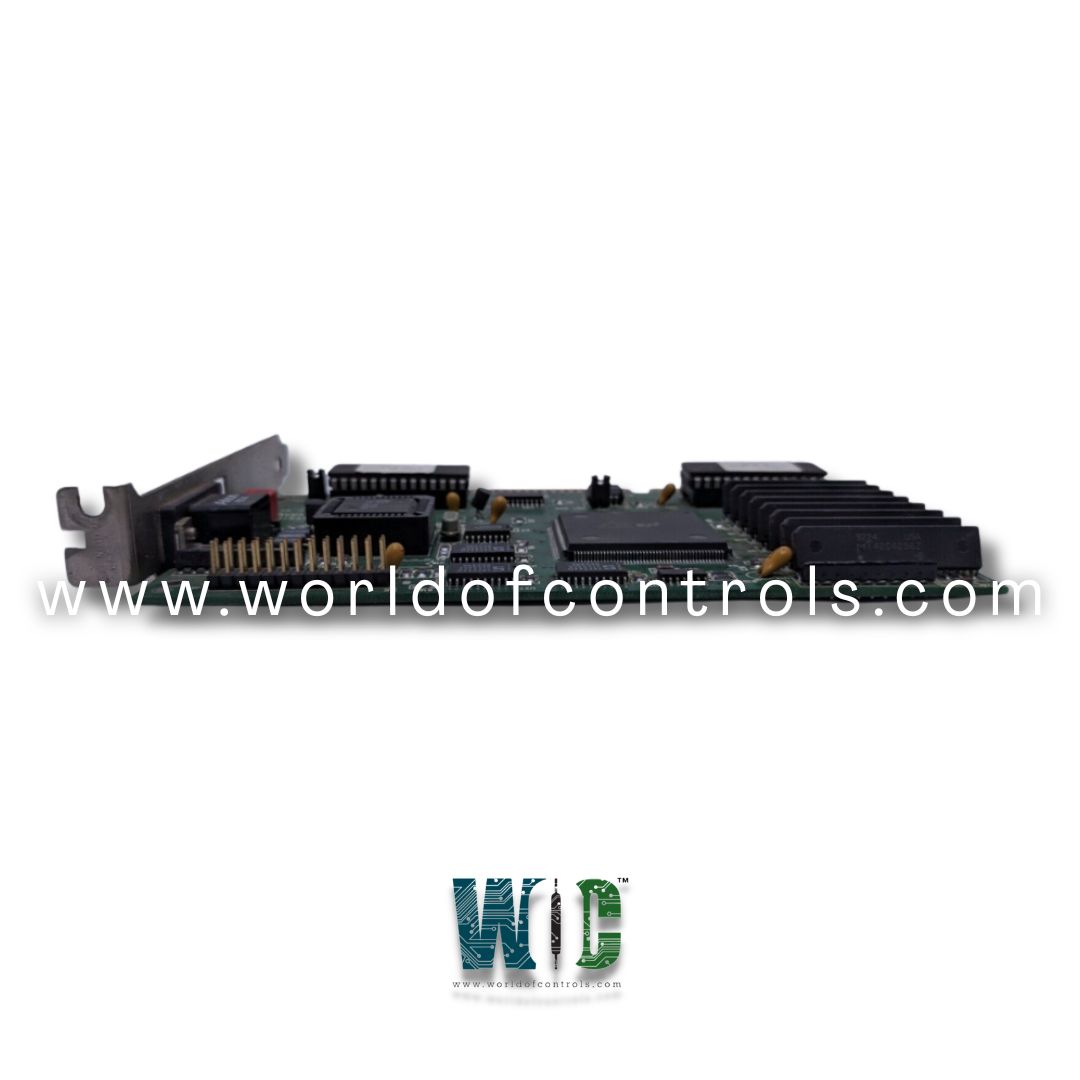
World Of Controls understands the criticality of your requirement and works towards reducing the lead time as much as possible.
DS4815COMD - Dual Communication Interface Module is available in stock which ships the same day.
DS4815COMD - Dual Communication Interface Module comes in UNUSED as well as REBUILT condition.
To avail our best deals for DS4815COMD - Dual Communication Interface Module, contact us and we will get back to you within 24 hours.
Part Number: DS4815COMD
Manufacturer: General Electric
Series: Mark IV
Product type: Dual Communication Interface Module
Availability: In Stock
Country of Manufacture: United States (USA)
DS4815COMD is a Dual Communication Interface Module designed and developed by GE. It is a part of Mark IV control system. The dual communication channels reduce the risk of communication failures, ensuring continuous and uninterrupted system operation. The module’s compatibility with the Mark IV control system allows for easy integration and quick deployment, minimizing the need for extensive system overhauls or additional hardware.
WOC is happy to assist you with any of your GE requirements. Please contact us by phone or email for pricing and availability on any parts and repairs.
What is DS4815COMD?
It is a Dual Communication Interface Module designed and developed by GE.
What does dual communication mean?
Dual communication refers to the module's ability to operate through two independent communication channels. This feature ensures that if one channel fails, the other can continue transmitting data, providing enhanced system reliability and minimizing downtime.
How does the Module enhance system reliability?
The module’s dual communication channels provide redundancy, ensuring that communication continues even if one channel fails. This makes the system more fault-tolerant, preventing communication breakdowns that could lead to equipment failures or unsafe operating conditions.